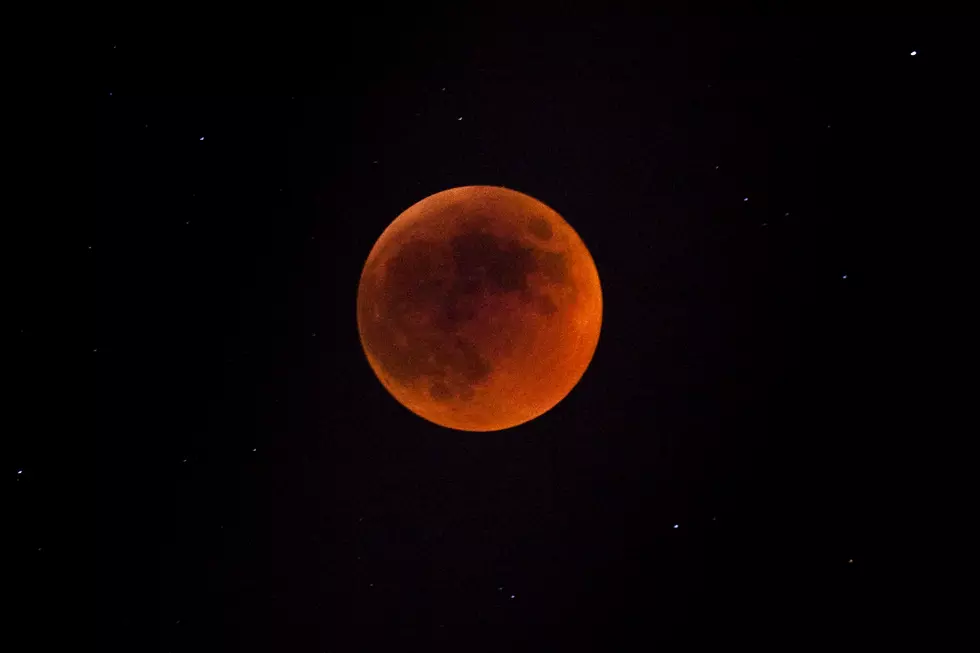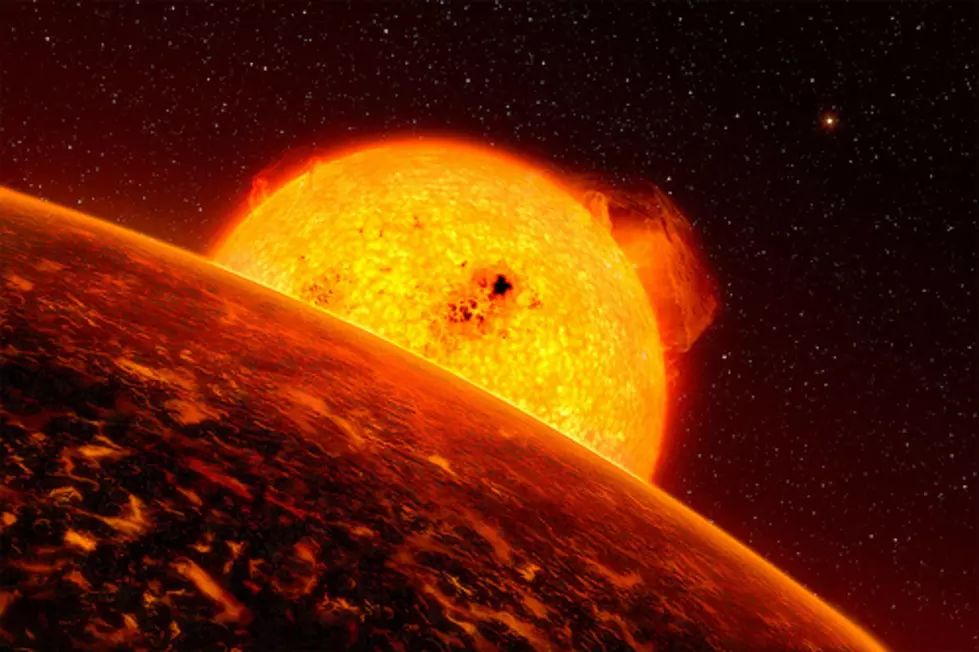
I Can’t Believe I Missed the Solar Eclipse
After I found out last week that Sunday’s solar eclipse would be visible from Montana, I was stoked. Even though I didn’t have any of the specialty equipment necessary for viewing the event directly, I really, really wanted to see — and photograph — the crescent-shaped shadows that were supposed to accompany the eclipse.
And then the clouds rolled in.
I tried to stay positive, keeping my hope alive by telling myself that the thick blanket of cloud-cover could move out of the Missoula Valley just as quickly as it moved in, but my efforts went unrewarded.
The minutes ticked by, and 7:20 p.m. — which, according to scientists, was the peak time for viewing the eclipse — came and went without a single break in those stupid clouds.
I can’t say that it was a total surprise. It’s not the first time the weather has ruined my opportunity to see something magnificent. In sixth grade, my family stopped at Mount Rushmore on the way back from a family vacation, and the entire mountain was covered by a low cloud.
But I digress — back to the eclipse. The sun finally popped out a little past 8 p.m., but by then the sun was so low that there were no shadows to be seen beneath any of the trees in my immediate vicinity. So I set out to find a tree that was being hit by the sun, completely disregarding things like fences and property lines because I was on a mission, darn it.
As fate would have it, my efforts were in vain. Though I heard reports that the eclipse was visible in the Bitterroot and other areas outside of Missoula, I didn’t see a single crescent-shaped sunbeam.
Oh well — there’s supposed to be a total solar eclipse visible from Montana in about 32 years, so at least I have something to look forward to.
Brooke is a 2010 graduate of The University of Montana, where she ran track and cross country for the Grizzlies. She is currently working as a writer and editor in Missoula.




